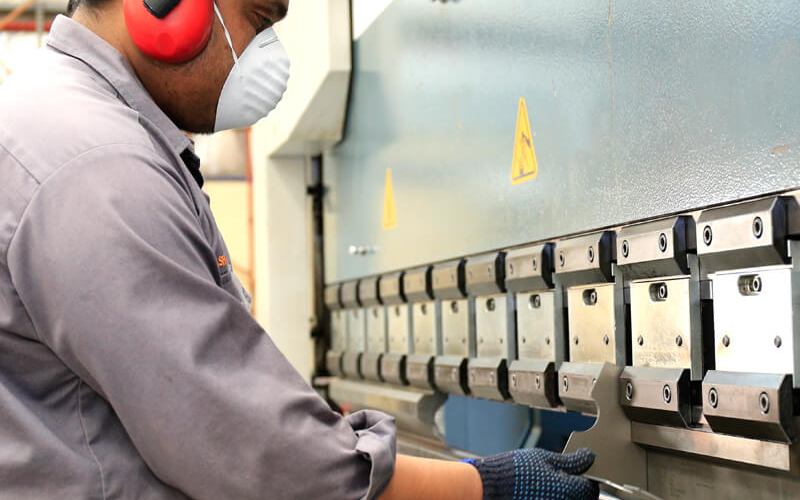Metal fabricator in Dubai serves a vital role in numerous industries, ranging from construction and manufacturing to automotive and aerospace. It involves the manipulation and transformation of metal into various structures, components, and products. The purpose of metal fabrication is multifaceted and encompasses several key aspects. In this article, we explore the primary purposes of metal fabrication.
Construction and infrastructure:
Metal fabrication is extensively utilized in the construction and infrastructure sectors. It plays a crucial role in the creation of buildings, bridges, and other large-scale structures. Metal fabrication techniques such as welding, cutting, and forming are employed to produce structural beams, columns, trusses, and frameworks. These fabricated metal components provide strength, stability, and durability to construction projects, ensuring the safety and integrity of the built environment.
Manufacturing and production:
Metal fabrication is an essential process in manufacturing industries. It enables the production of a wide range of products and components used in various sectors. Manufacturing applications of metal fabrication include the creation of machinery, equipment, tools, and consumer goods. The process allows for the customization and precise shaping of metal to meet specific design requirements and functional needs. Metal fabrication is integral to the production of items such as automobile parts, appliances, electronics, and industrial machinery.
Customization and prototyping:
Metal fabrication offers the advantage of customization and prototyping. It allows for the creation of unique and tailor-made metal structures, components, and products. Manufacturers and designers can collaborate with metal fabricators to bring their ideas to life and develop prototypes before mass production. The flexibility of metal fabrication techniques enables customization in terms of size, shape, thickness, and finishing, catering to individual design specifications and client requirements.
Repair and maintenance:
Metal fabrication plays a vital role in the repair and maintenance of existing structures and equipment. When metal components or structures become damaged, worn out, or require modifications, metal fabrication techniques are employed to restore or modify them. Whether it’s replacing a damaged part, reinforcing weakened structures, or adapting equipment to meet new specifications, metal fabrication enables efficient and cost-effective repair and maintenance processes.
Aesthetics and design:
Metal fabrication contributes significantly to the aesthetics and design of various products, structures, and architectural elements. It offers the versatility to create visually appealing and architecturally intricate metalwork, such as decorative panels, ornamental features, and artistic sculptures. Metal fabrication techniques can achieve smooth finishes, textured surfaces, or complex patterns, enhancing the overall aesthetics and visual impact of the final product.
